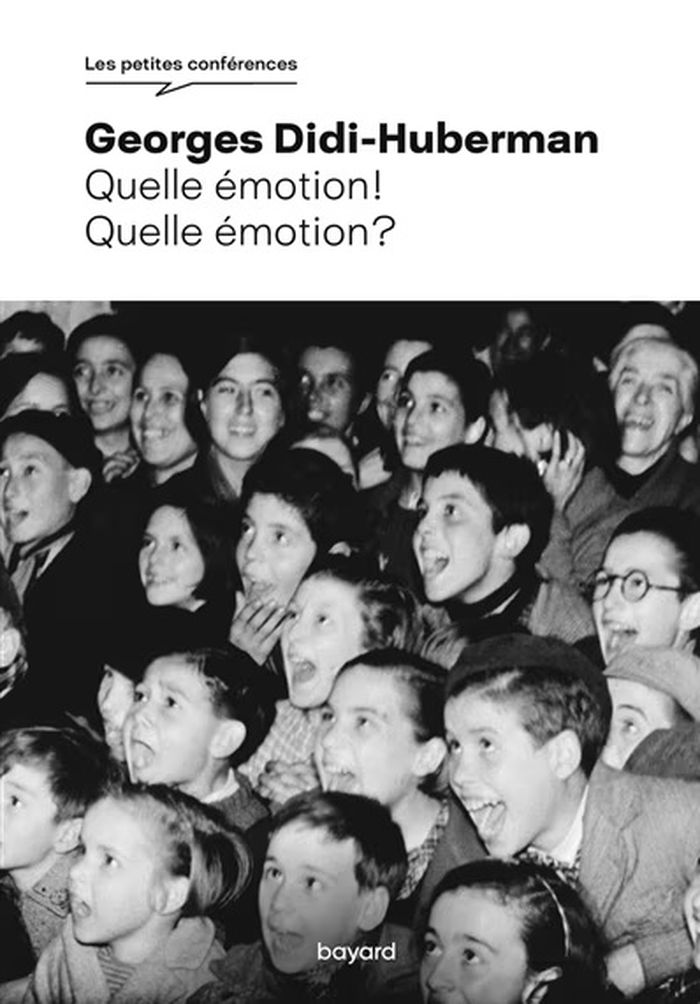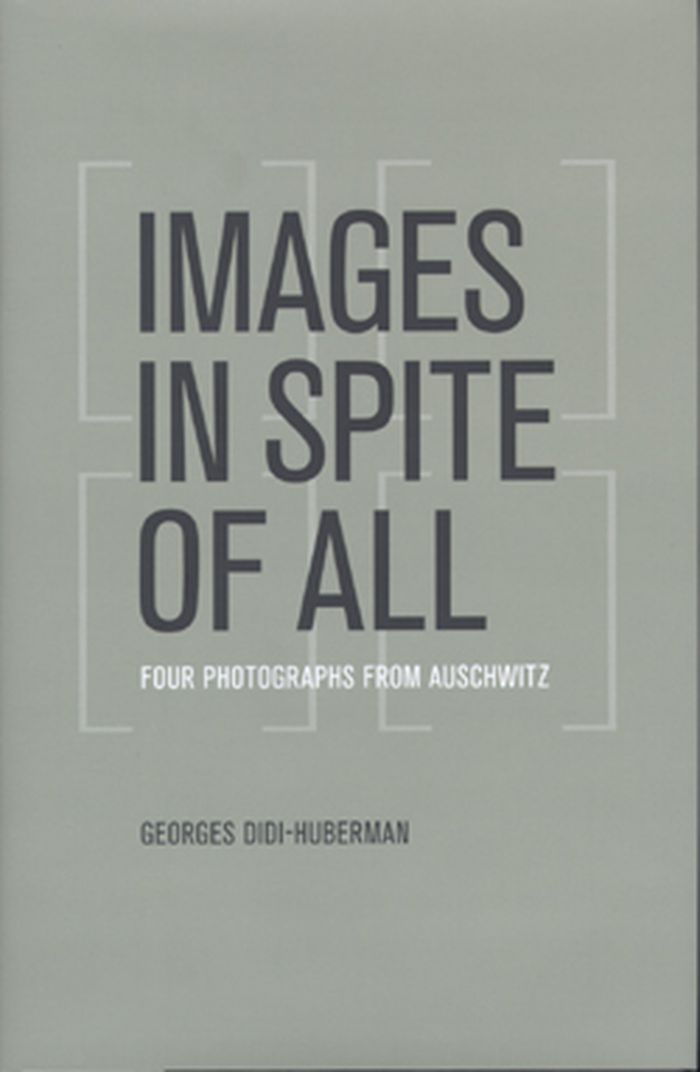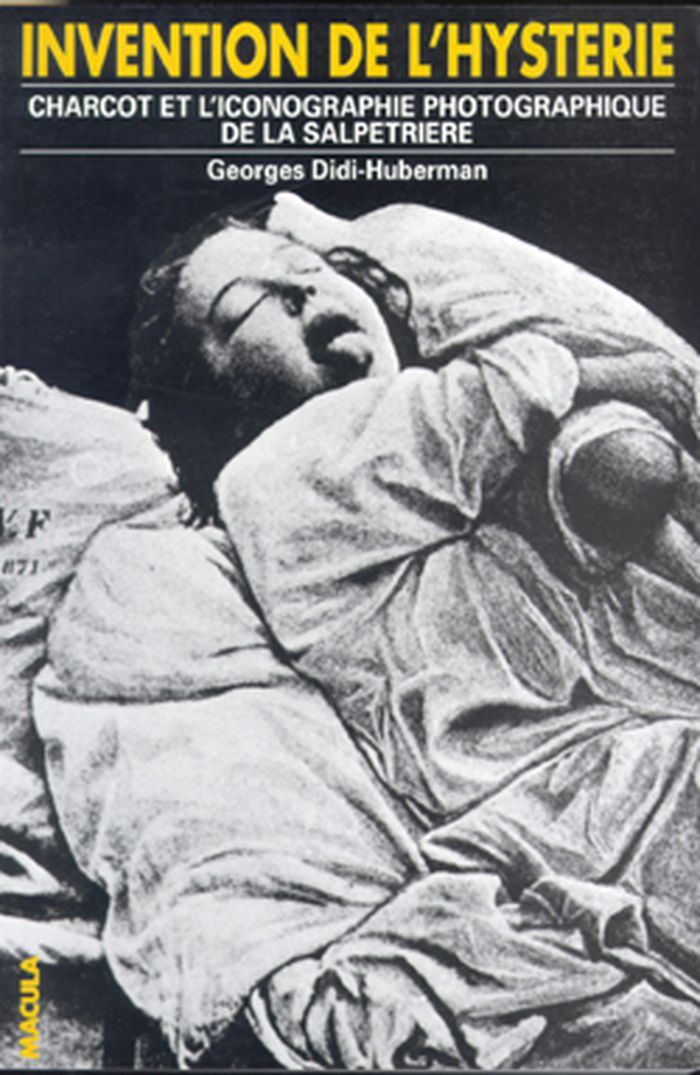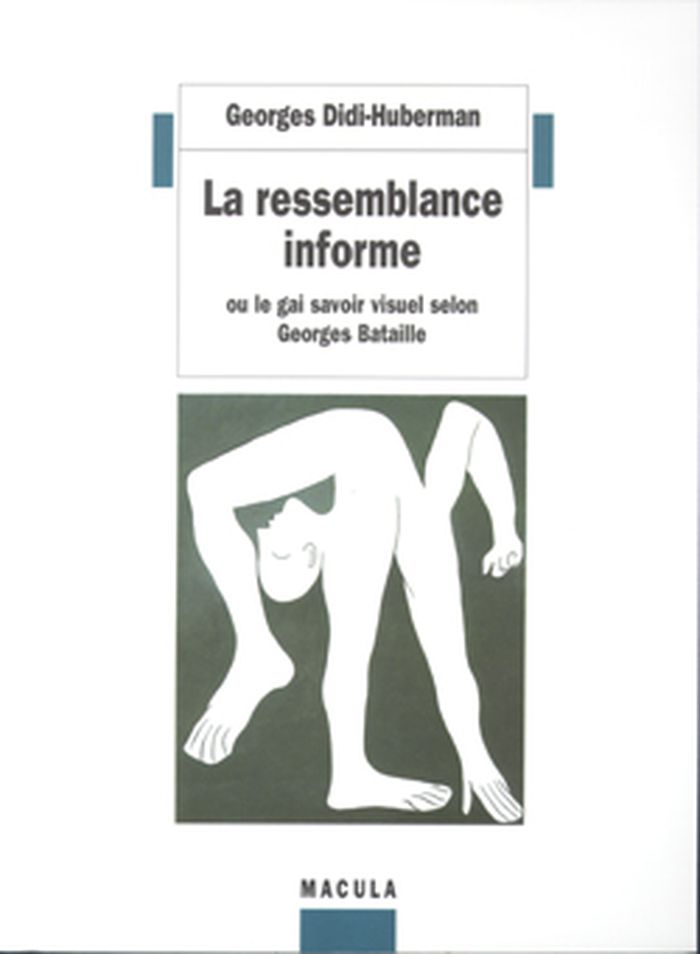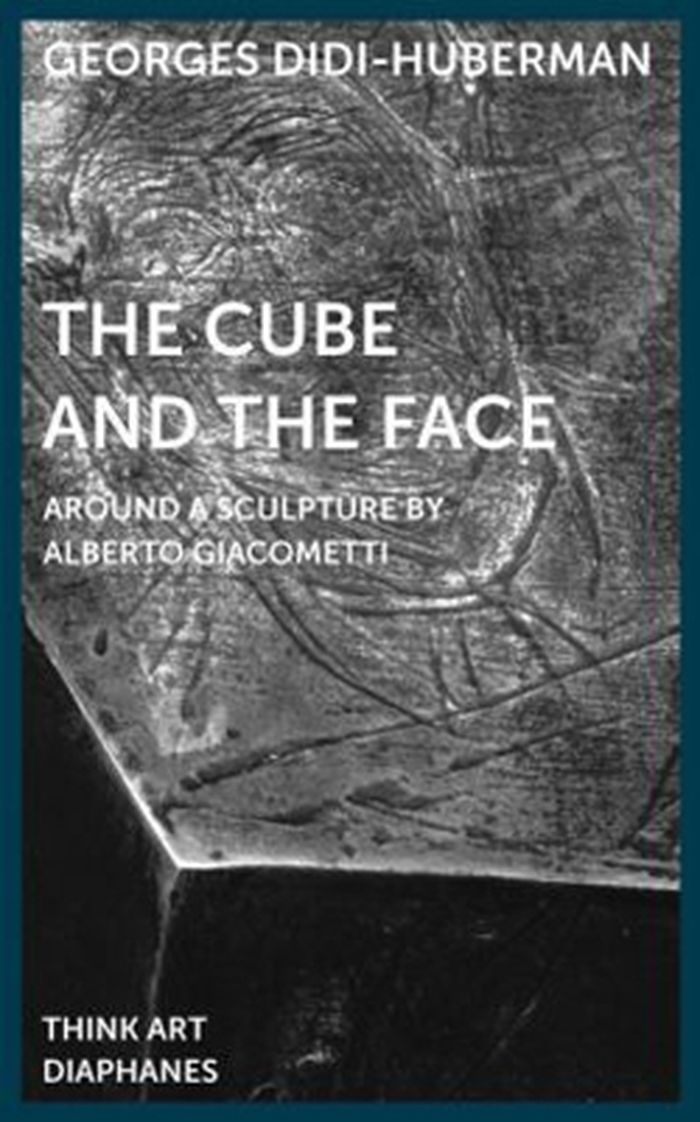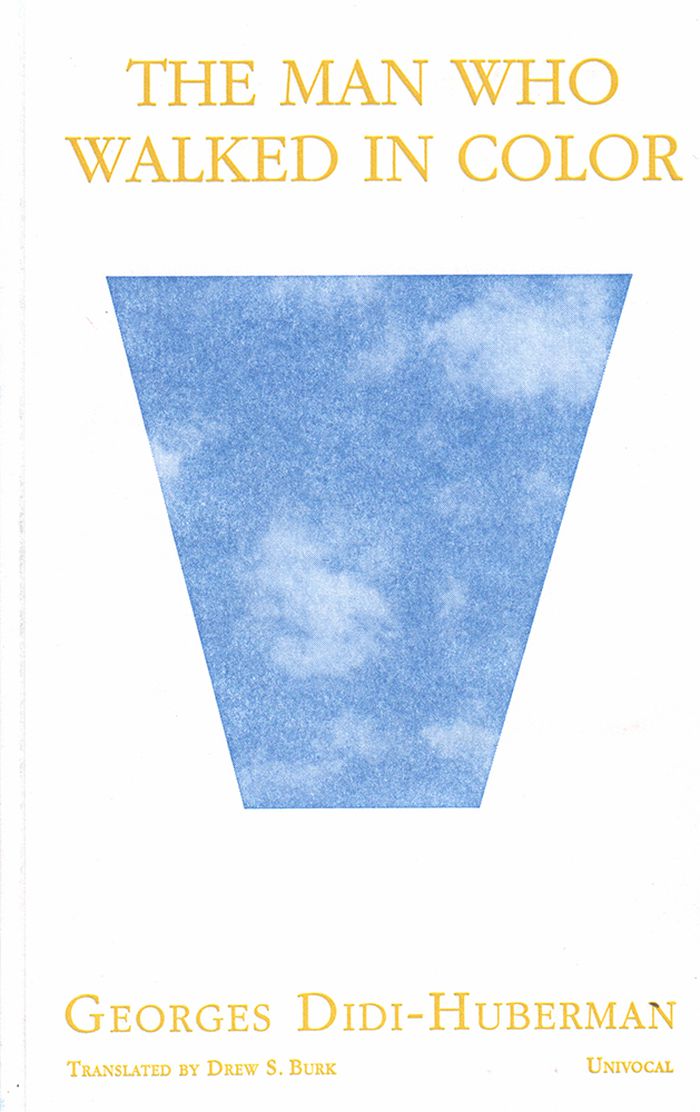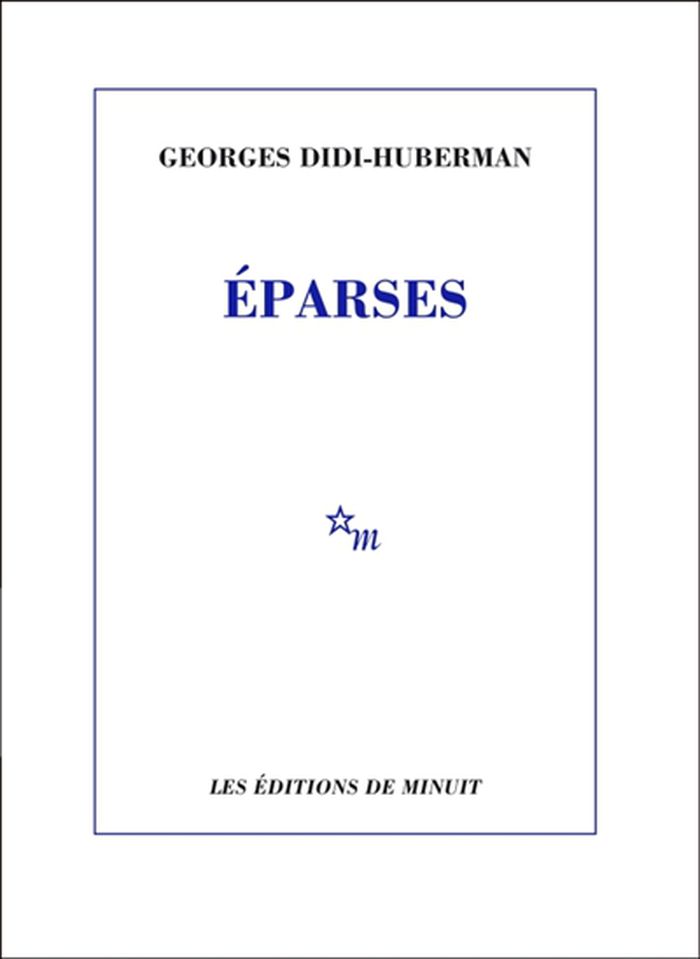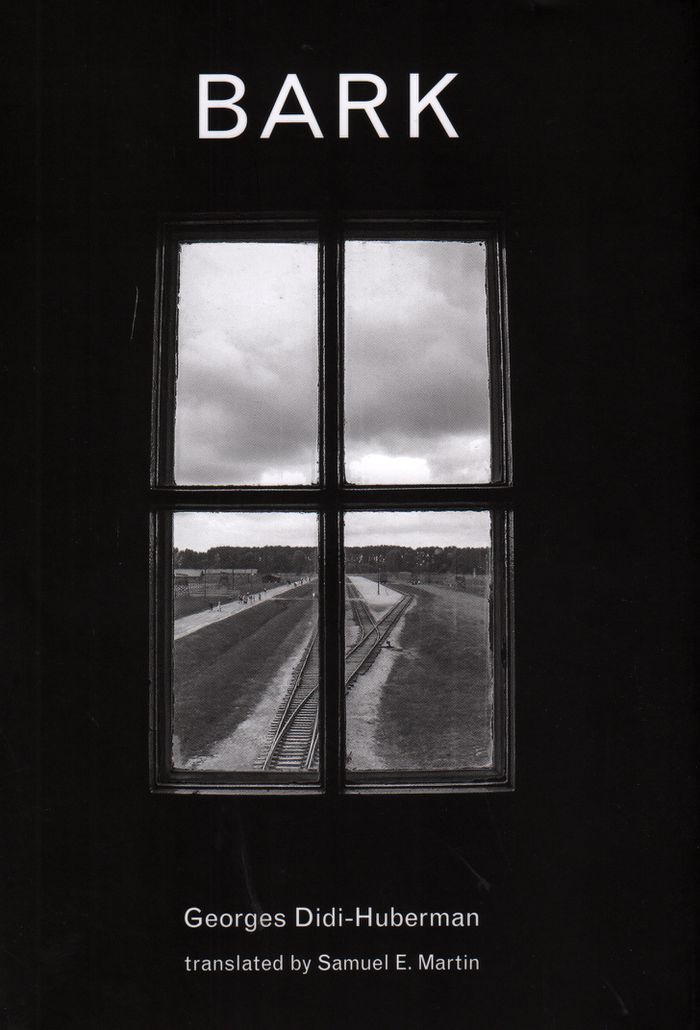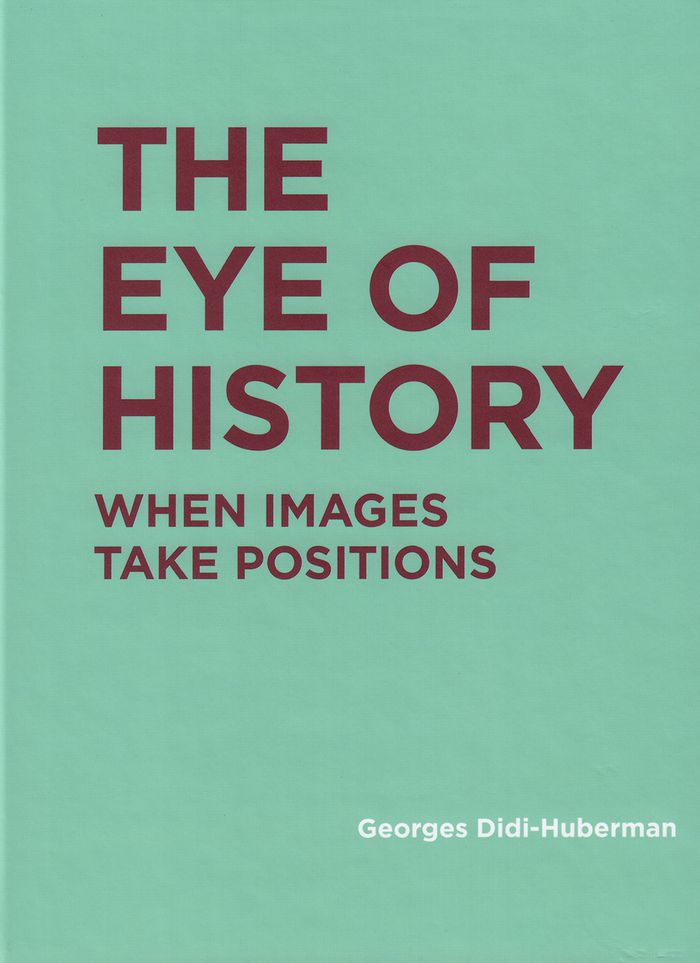$22.95
(disponible en magasin)
Résumé:
Pourquoi faisons-nous les mêmes gestes, déformons-nous nos visages de la même façon, laissons-nous des larmes couler sur nos joues quand nous venons de perdre un proche ? Les émotions ne nous appartiennent-elles qu’à nous ou sont-elles la part « primitive » de l’Homme ? A l’aide de photos prises par Charles Darwin, l’auteur nous aide à penser. Les émotions ne nous figent(...)
Quelle émotion ! Quelle émotion ?
Actions:
Prix:
$22.95
(disponible en magasin)
Résumé:
Pourquoi faisons-nous les mêmes gestes, déformons-nous nos visages de la même façon, laissons-nous des larmes couler sur nos joues quand nous venons de perdre un proche ? Les émotions ne nous appartiennent-elles qu’à nous ou sont-elles la part « primitive » de l’Homme ? A l’aide de photos prises par Charles Darwin, l’auteur nous aide à penser. Les émotions ne nous figent pas. Elles peuvent être un moteur. Ces femmes dans le Cuirassé Potemkine pleurent un matelot assassiné... Mais dans un même mouvement, elles se mettent à serrer les poings. Le « peuple en larmes » devient le « peuple en armes ». Les émotions peuvent nous guider. Autant, voire plus, que la raison. Gilles Deleuze affirme « l’émotion ne dit pas je ». Georges Didi-Huberman nous permet de comprendre en quoi elle est un message, un mouvement hors de soi, une façon d’aller vers l’autre, de s’exposer.
Théorie/ philosophie
$40.00
(disponible sur commande)
Résumé:
Of one and a half million surviving photographs related to Nazi concentration camps, only four depict the actual process of mass killing perpetrated at the gas chambers. Images in Spite of All reveals that these rare photos of Auschwitz, taken clandestinely by one of the Jewish prisoners forced to help carry out the atrocities there, were made as a potent act of resistance.
Images in spite of all: four photographs from Auschwitz
Actions:
Prix:
$40.00
(disponible sur commande)
Résumé:
Of one and a half million surviving photographs related to Nazi concentration camps, only four depict the actual process of mass killing perpetrated at the gas chambers. Images in Spite of All reveals that these rare photos of Auschwitz, taken clandestinely by one of the Jewish prisoners forced to help carry out the atrocities there, were made as a potent act of resistance.
Théorie de l’art
$52.00
(disponible sur commande)
Résumé:
Ce livre raconte et interroge les pratiques qui se firent jour à la Salpêtrière, du temps de Charcot, autour de l'hystérie. A travers les procédures cliniques et expérimentales, à travers l'hypnose et les " présentations " de malades en crise (les célèbres " leçons du mardi "), on découvre l'espèce de théâtralité stupéfiante, excessive, du corps hystérique. On la découvre(...)
Invention de l'hystérie: Charcot et l'iconographie photographique de la Salpetrière
Actions:
Prix:
$52.00
(disponible sur commande)
Résumé:
Ce livre raconte et interroge les pratiques qui se firent jour à la Salpêtrière, du temps de Charcot, autour de l'hystérie. A travers les procédures cliniques et expérimentales, à travers l'hypnose et les " présentations " de malades en crise (les célèbres " leçons du mardi "), on découvre l'espèce de théâtralité stupéfiante, excessive, du corps hystérique. On la découvre ici à travers les images photographiques qui nous en sont restées, celles des publications, aujourd'hui rarissimes, de l'Iconographie photographique de la Salpêtrière. Mais l'analyse de ces images révèle aussi l'acte de mise en scène dont les hystériques furent l'objet de la part des médecins. Charcot fut là un " artiste ", mais dans quel sens ? C'est à quoi ce livre introduit. Freud fut le témoin de tout cela, et son témoignage devint la confrontation d'une écoute toute nouvelle de l'hystérie avec ce spectacle de l'hystérie que Charcot mettait en oeuvre. Témoignage qui nous raconte les débuts de la psychanalyse sous l'angle du problème de l'image.
Théorie de l’art
$47.95
(disponible sur commande)
Résumé:
Voici un traité d'esthétique paradoxale. Une esthétique que Georges Didi-Huberman développe à partir de l'analyse minutieuse - textes et images mêlés et confrontés - de Documents, la revue d'art que Georges Bataille, aves ses compagnons Michel Leiris, Carl Einstein, Marcel Griaule, et quelques autres, a dirigée en 1929 et 1930. Dans cette revue, Bataille a fait preuve(...)
La ressemblance informe ou le gai savoir visuel selon Georges Bataille
Actions:
Prix:
$47.95
(disponible sur commande)
Résumé:
Voici un traité d'esthétique paradoxale. Une esthétique que Georges Didi-Huberman développe à partir de l'analyse minutieuse - textes et images mêlés et confrontés - de Documents, la revue d'art que Georges Bataille, aves ses compagnons Michel Leiris, Carl Einstein, Marcel Griaule, et quelques autres, a dirigée en 1929 et 1930. Dans cette revue, Bataille a fait preuve d'une stupéfiante radicalité dans la tentative de dépasser, de «décomposer» comme il disait, les fondements mêmes de l'esthétique classique. Au-delà des lectures «empathiques» dont Bataille a fait souvent l'objet, l'auteur tente de dégager une leçon de méthode pour l'histoire de l'art et pour l'esthétique d'aujourd'hui : la conjonction d'une pensée transgressive et d'une pensée déjà structurale, la conjonction des avant-gardes artistiques (peinture, sculpture, cinéma, photographie) et des sciences humaines (archéologie, histoire, ethnologie, psychanalyse). Tout cela fait de Documents un véritable moment clef dans notre pensée moderne de l'image.
Théorie de l’art
$44.95
(disponible sur commande)
Résumé:
With The Cube and the Face, renowned French art historian and philosopher Georges Didi-Huberman has conducted a careful analysis of Cube, consulting the artist’s sketches, etchings, texts, and other sculptural works in the years just before and after Cube was created. Cube, he finds, is indeed exceptional—a work without clear stylistic kinship to the works that came(...)
The cube and the face: around a sculpture by Alberto Giacometti
Actions:
Prix:
$44.95
(disponible sur commande)
Résumé:
With The Cube and the Face, renowned French art historian and philosopher Georges Didi-Huberman has conducted a careful analysis of Cube, consulting the artist’s sketches, etchings, texts, and other sculptural works in the years just before and after Cube was created. Cube, he finds, is indeed exceptional—a work without clear stylistic kinship to the works that came before or after it. At the same time, Didi-Huberman shows, Cube marks the transition between the artist’s surrealist and realist phases and contains many elements of Giacometti’s aesthetic consciousness, including his interest in dimensionality, the relation of the body to geometry, and the portrait—or what Didi-Huberman terms “abstract anthropomorphism.”
Théorie de l’art
$54.00
(disponible sur commande)
Résumé:
Spanning from the 1970s until today, this monograph traces the development of the Chilean-born, New York-based conceptualist--from his earliest public interventions to his latest installations. Working with public interventions, installations, photography and video, Jaar examines the nature of images and their viewers' relationships to them. His work tackles the very(...)
Théorie de la photographie
septembre 2009
Alfredo Jaar: la politique des images
Actions:
Prix:
$54.00
(disponible sur commande)
Résumé:
Spanning from the 1970s until today, this monograph traces the development of the Chilean-born, New York-based conceptualist--from his earliest public interventions to his latest installations. Working with public interventions, installations, photography and video, Jaar examines the nature of images and their viewers' relationships to them. His work tackles the very possibility of producing art based on events that we would prefer to ignore, and of creating images in a context characterized both by their over-abundance and, paradoxically, by their invisibility.
Théorie de la photographie
$31.95
(disponible en magasin)
Résumé:
For Georges Didi-Huberman, artist James Turrell is an inventor of impossible spaces and unthinkable sites, of aporias, of fables. Creator of some of the most fascinating works of the late twentieth and early twenty-first century, Turrell uses as his medium the most elemental material of sight and art: light. One crucial aspect of his work is the fabulation of place and(...)
The man who walked in color: James Turrell
Actions:
Prix:
$31.95
(disponible en magasin)
Résumé:
For Georges Didi-Huberman, artist James Turrell is an inventor of impossible spaces and unthinkable sites, of aporias, of fables. Creator of some of the most fascinating works of the late twentieth and early twenty-first century, Turrell uses as his medium the most elemental material of sight and art: light. One crucial aspect of his work is the fabulation of place and vision with its foundation deep in history. Didi-Huberman takes the reader on a journey between the impossible limit of the horizon and the arrival into a site of reverie and light, from the story of Exodus to the Pala d’Oro of San Marco’s Basilica in Venice, through art history and the origins of religious worship, finally plunging into Turrell’s cadmium dust and light, into the Painted Desert of his installation Roden Crater. For the esteemed art historian, Turrell’s artistic practice becomes the equivalent of walking along endless pathways in the desert, in “minuscule cathedrals where man discovers himself walking in color.”
Théorie de l’art
Éparses
$32.95
(disponible sur commande)
Résumé:
Une réflexion sur la construction de la mémoire historique et de ses formes multiples à travers les images inédites rassemblées par Emanuel Ringelblum et le groupe Oyneg Shabes entre 1939 et 1943 dans le ghetto de Varsovie, afin de constituer un fond d'archives. Dessins, affiches, journaux intimes, poèmes, lettres et chansons témoignent à la fois des tourments et de(...)
Éparses
Actions:
Prix:
$32.95
(disponible sur commande)
Résumé:
Une réflexion sur la construction de la mémoire historique et de ses formes multiples à travers les images inédites rassemblées par Emanuel Ringelblum et le groupe Oyneg Shabes entre 1939 et 1943 dans le ghetto de Varsovie, afin de constituer un fond d'archives. Dessins, affiches, journaux intimes, poèmes, lettres et chansons témoignent à la fois des tourments et de l'espérance de la population.
Bark
$23.00
(disponible sur commande)
Résumé:
On a visit to Auschwitz-Birkenau, Georges Didi-Huberman tears three pieces of bark from birch trees on the edge of the site. Looking at these pieces after his return home, he sees them as letters, a flood, a path, time, memory, flesh. The bark serves as a springboard to Didi-Huberman’s meditations on his visit, recorded in this spare, poetic, and powerful book. Bark is a(...)
Bark
Actions:
Prix:
$23.00
(disponible sur commande)
Résumé:
On a visit to Auschwitz-Birkenau, Georges Didi-Huberman tears three pieces of bark from birch trees on the edge of the site. Looking at these pieces after his return home, he sees them as letters, a flood, a path, time, memory, flesh. The bark serves as a springboard to Didi-Huberman’s meditations on his visit, recorded in this spare, poetic, and powerful book. Bark is a personal account, drawing not on the theoretical apparatus of scholarship but on Didi-Huberman’s own history, memory, and knowledge. The text proceeds as a series of reflections, accompanied by Didi-Huberman’s photographs of the visit. The photographs are not meant to be art—Didi-Huberman confesses that he “photographed practically everything without looking”—but approach it nevertheless. Didi-Huberman tells us that his grandparents died at Auschwitz, but his account is more universal than biographical. As he walks from place to place, he observes that in German birches are birken; Birkenau designates the meadow where the birches grow. Didi-Huberman sees and photographs the “reconstructed” execution wall; the floors of the crematorium, forgotten witnesses to killing; and the birch trees, lovely but also resembling prison bars. Taking his own photographs, he thinks of the famous photographs taken in 1944 by a member of the Sonderkommando, the only photographic documentation of the camp before the Germans destroyed it, hoping to hide the evidence of their crimes. Didi-Huberman notices a “bizarre proliferation of white flowers on the exact spot of the cremation pits.” The dead are not departed.
Théorie/ philosophie
$49.95
(disponible sur commande)
Résumé:
From 1938 to 1955, Bertolt Brecht created montages of images and text, filling his working journal (Arbeitsjournal) and his idiosyncratic atlas of images, War Primer, with war photographs clipped from magazines and adding his own epigrammatic commentary. In this book, Georges Didi-Huberman explores the interaction of politics and aesthetics in these creations, explaining(...)
The eye of history: when images take positions
Actions:
Prix:
$49.95
(disponible sur commande)
Résumé:
From 1938 to 1955, Bertolt Brecht created montages of images and text, filling his working journal (Arbeitsjournal) and his idiosyncratic atlas of images, War Primer, with war photographs clipped from magazines and adding his own epigrammatic commentary. In this book, Georges Didi-Huberman explores the interaction of politics and aesthetics in these creations, explaining how they became the means for Brecht, a wandering poet in exile, to “take a position” about the Nazi war in Europe. Illustrated with pages from the Arbeitsjournal and War Primer and contextual images including Raoul Hausmann’s poem-posters and Walter Benjamin’s drawings, The Eye of History offers a new view of important but little-known works by Brecht.
Théorie de l’art
